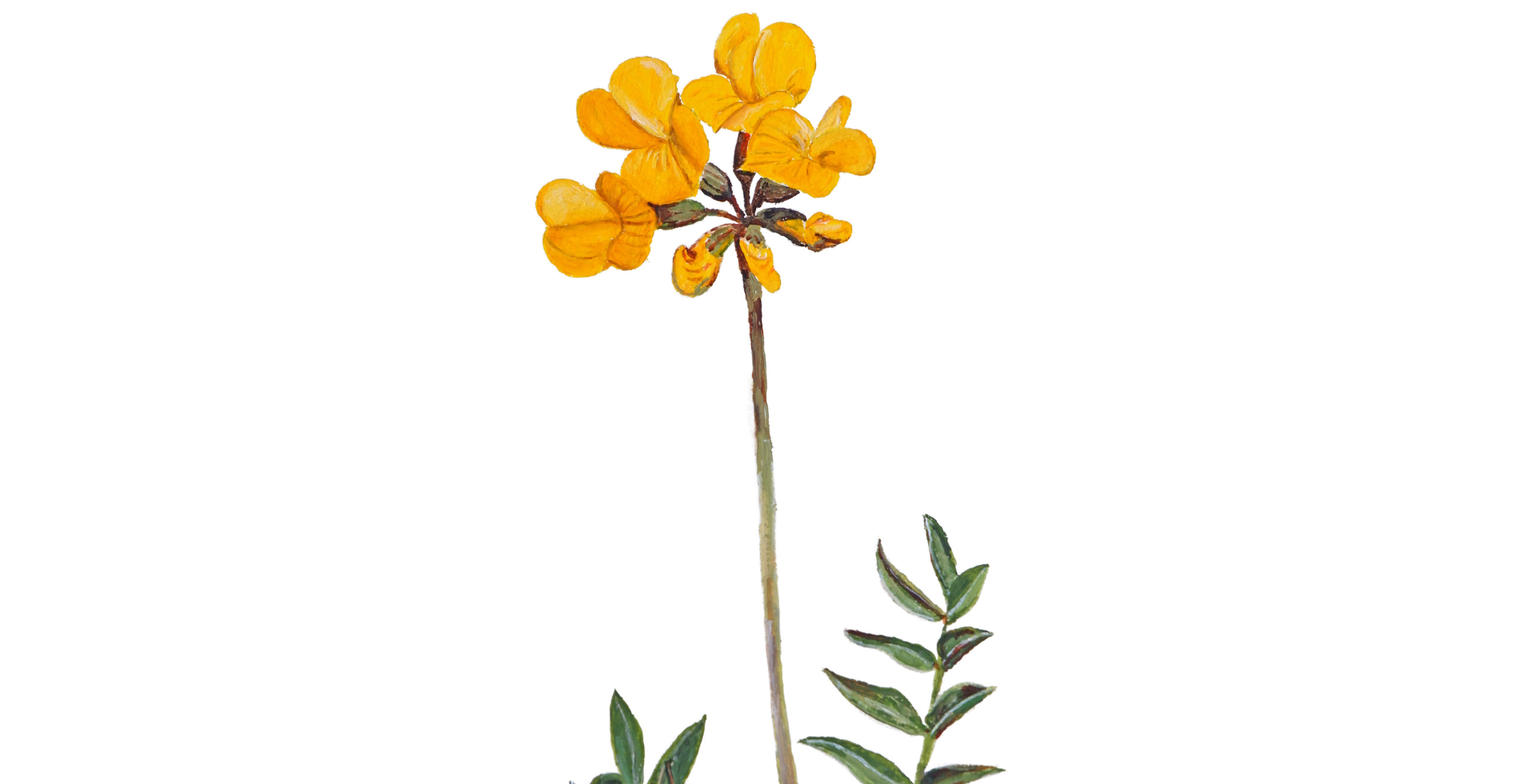Good management for this species will create/result in:
- Chalk grassland with a high diversity of wildflowers and their associated insects
This will benefit a wide range of other specialist chalk grassland plants including other vetches such as kidney vetch, orchids such as bee orchid and pyramidal orchid, salad burnet, wild marjoram, dropwort, small scabious and many others. It will also benefit associated insects in particular, chalkhill blue and Adonis blue butterflies, for both of which it is the caterpillar foodplant.
Opportunities to create/improve/extend suitable habitat for this species include:
- Grazing by hardy livestock breeds to control scrub and dominant grasses
- Clearing scrub and controlling its regrowth
- Controlling invasive species such as tor grass, stinging nettle, creeping thistle and common ragwort
- Protection from nutrient enrichment by fertilisation or agricultural spray drift
Creating and managing areas for Horseshoe vetch will help deliver the following benefits to communities:
- Clean water
- Clean air
- Protection from and mitigation of environmental hazards
- Mitigation of and adaptation to climate change
- Thriving plants and wildlife
- Beauty, heritage and engagement


